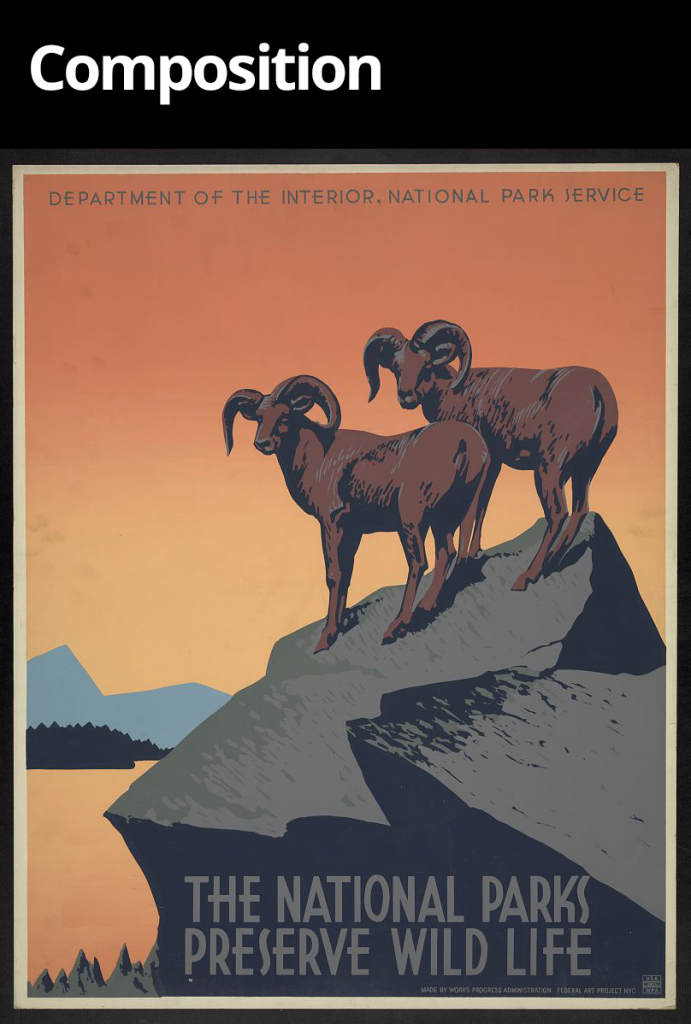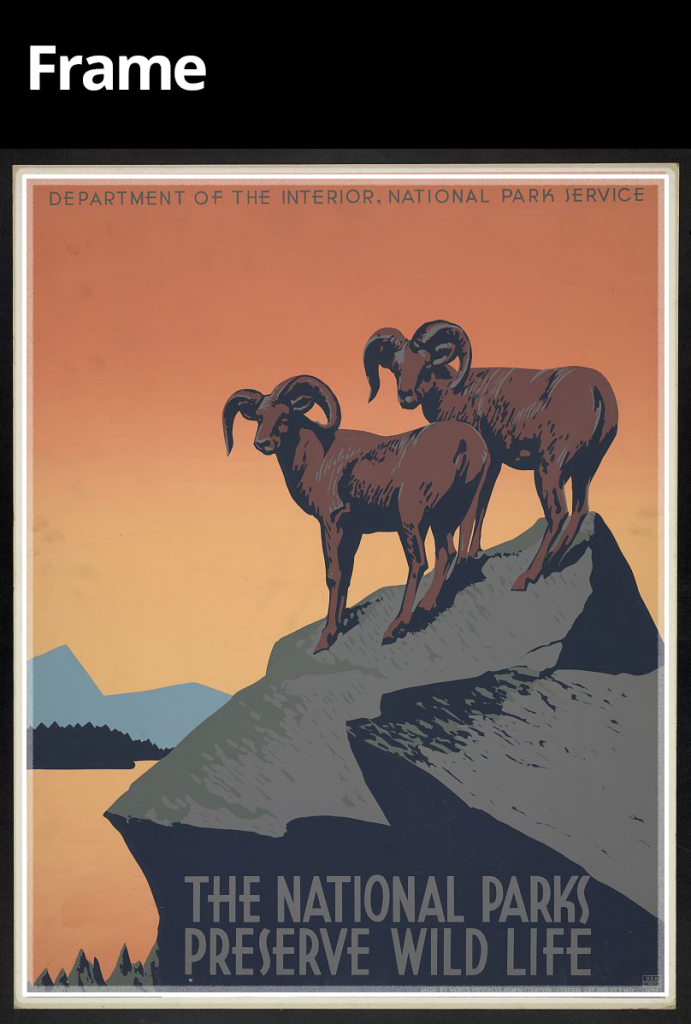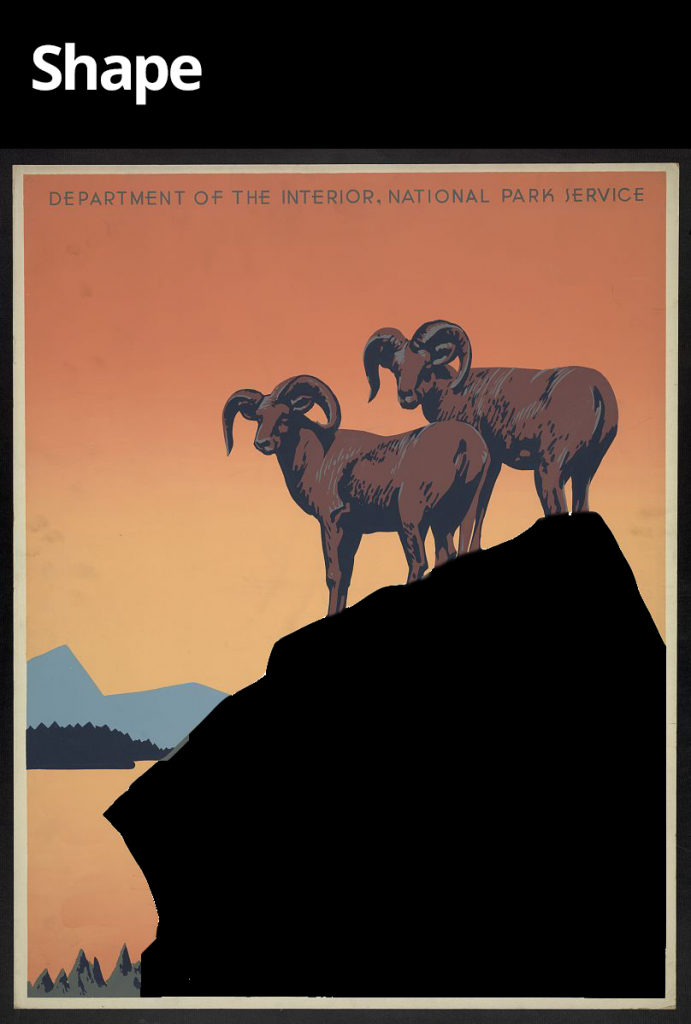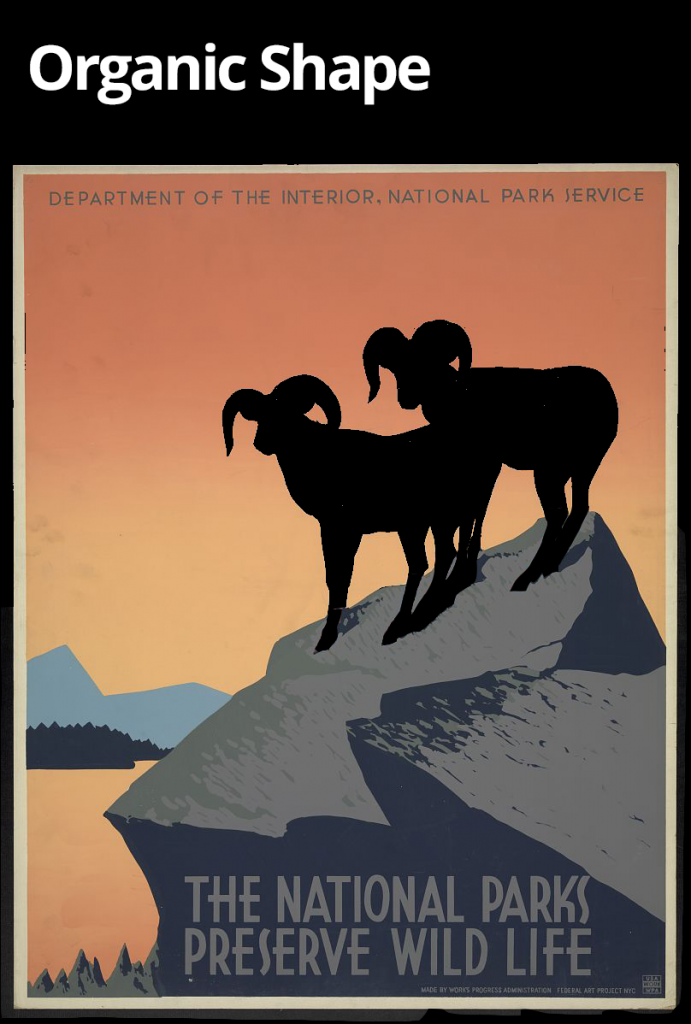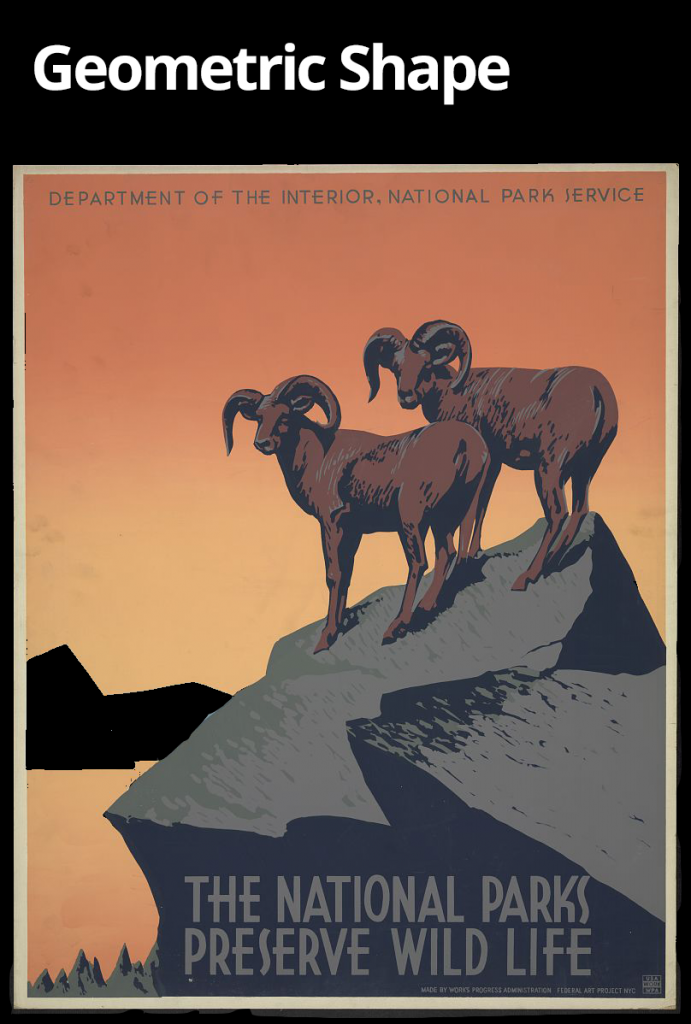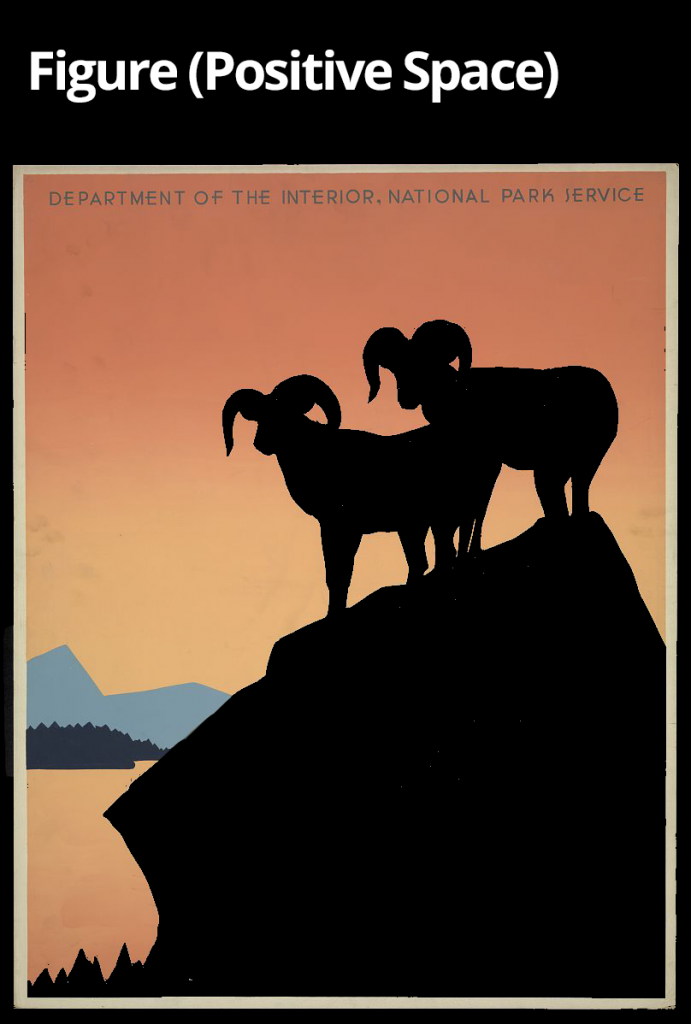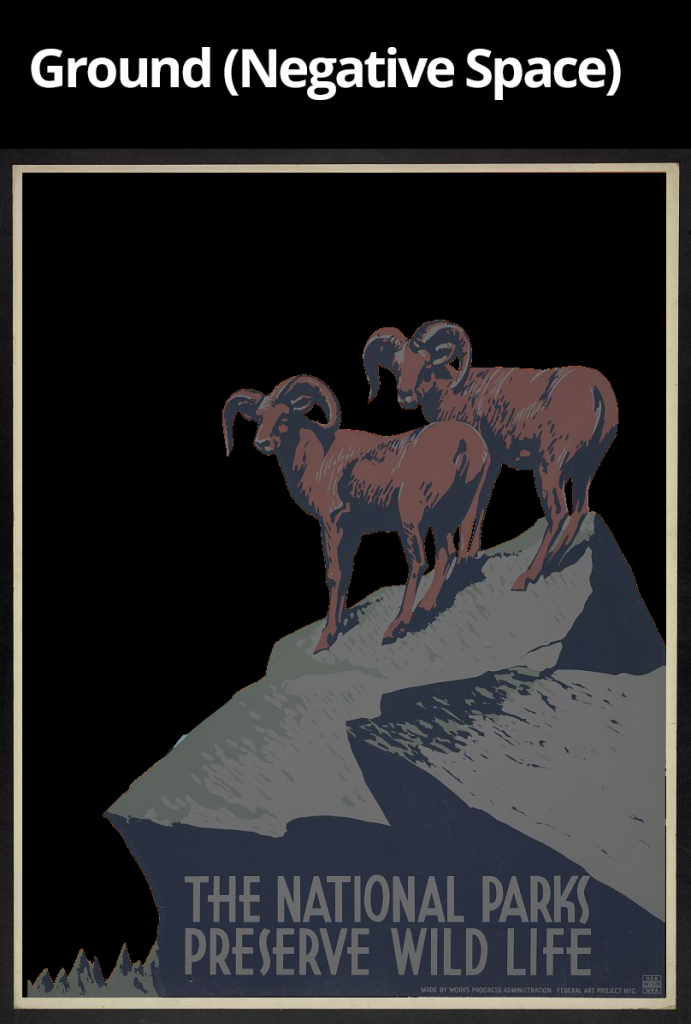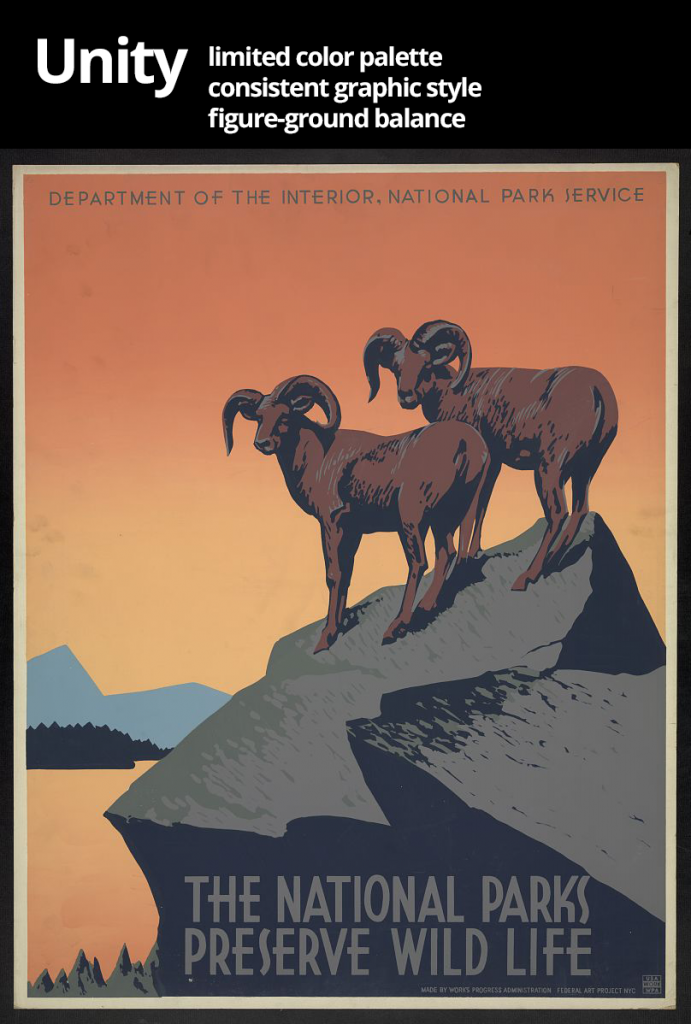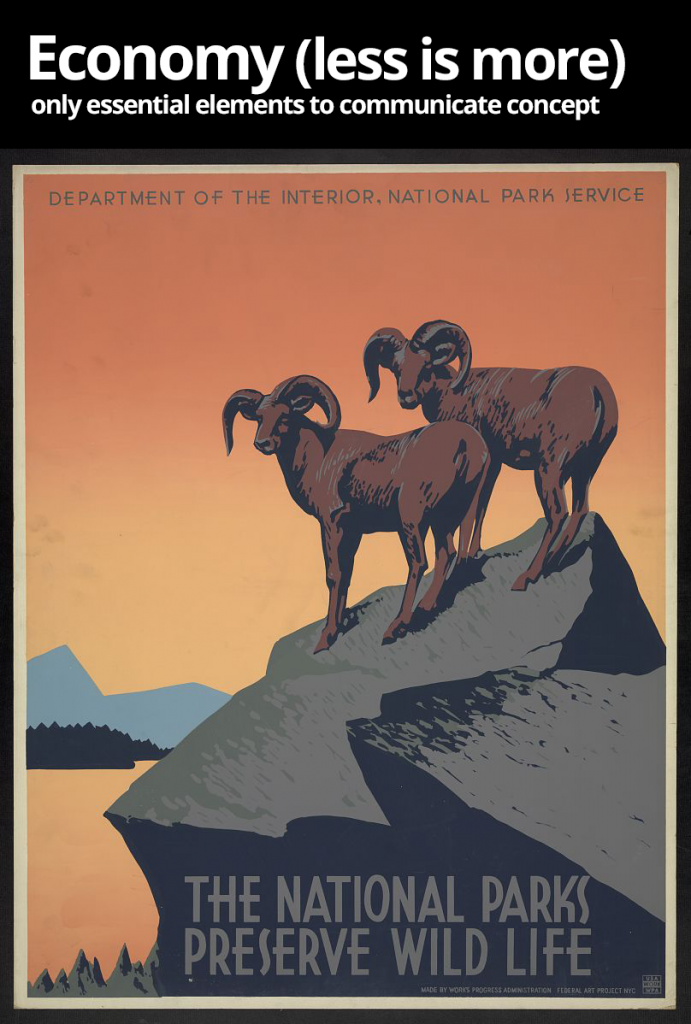Table of Contents
Class Info
- Date: Add date
- Meeting Info: Add online details or in-person location
- Video Recording: To be added after class
- Topics: Design Process, Vocabulary, Project 1: Mind Map
To-Do Before Class
- If you haven’t already, create an OpenLab account and then join our course.
- Follow the How to guide: Build your Visual Library and post your first images!
- Review the Course Info: Syllabus, Schedule, Grading Policy, Supply List, Contact & Communications
Materials Needed Today
- sketch book (9″x12″)
- Bristol pad (9”x12” 2-ply smooth plate finish)
- graphite pencils (Venus or similar 6B, 2B, HB, 2H, 4H)
- pencil sharpener (basic metal)
- small box/container for your supplies (find or reuse)
Discussion: What is Design?
What is Design?
To design is to plan or arrange elements in order to communicate a thought, feeling, or concept. Design can also be described as the organization of information. This information can be visual, aural, informational, or tactile.
The products of design are compositions — arrangements of elements. We will focus primarily on the arrangement of visual elements in this course, but we will also consider how all our senses affect how we interact with and understand the world.
Why Learn Design?
A good designer, independent of the medium (data, sound, pixels, paint, wood) has a significant advantage in the world. If you choose a design career and develop your creative vision, you can influence what people see/feel/do.
“We can change the world, only once we accept that it’s the everyday, mundane work of design that has the potential to stir change. And it’s the everyday work of a designer that requires your focus, your intuition, your curiosity, your love.”
Bill Chung, On design changing the world
What Kind of Careers?
There are many interesting opportunities for designers, but learning how to think creatively is useful for every career. Here are some careers that our Communication Design program can prepare you for:
- Graphic Design
- Advertising Design
- User-Experience Design
- Interface/Web Design
- Information Design
- Animation/Motion Graphics
- Broadcast/Video
- Photography
- Illustration
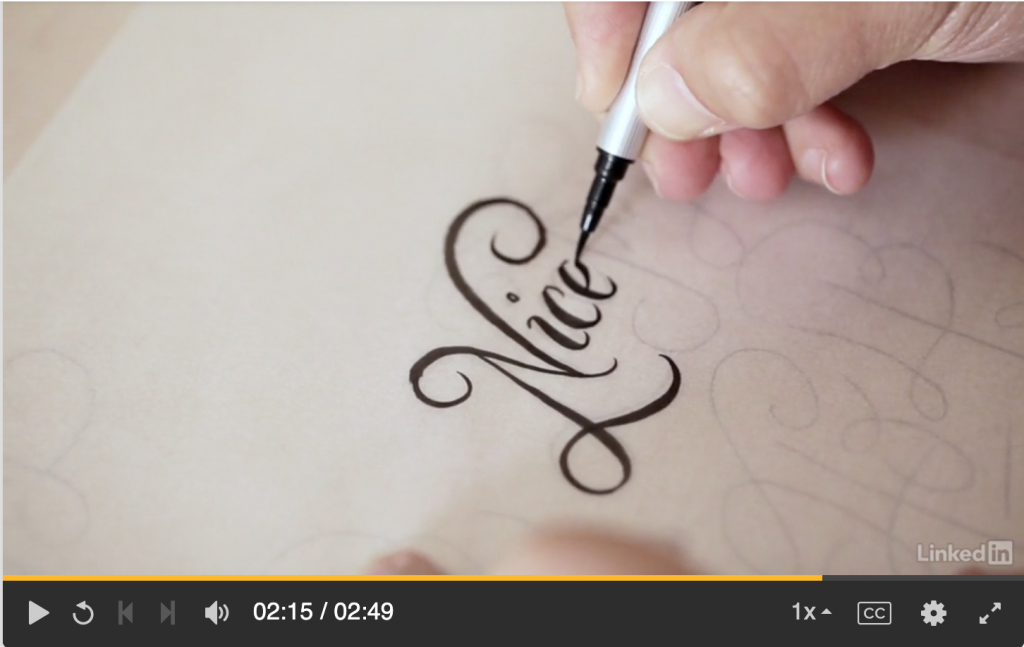
[Access with NYPL card]
How do you become a good designer?
First you must learn the fundamental principles. When building a sturdy house you need a strong foundation. When learning a new language you need to master grammar and vocabulary. It takes patience, attention to detail, dedication, and most importantly, staying curious.
What is curiosity?
Curiosity, in this context, is desire to learn more. Good designers are inquisitive investigators with a strong internal motivation to solve problems. Designers love a challenge. They use all of their senses to find inspiration and solutions to design problems. Like a scientist they research, experiment, get feedback, and repeat– until they arrive at the best solution to the design problem they face. Their first idea is rarely the best solution. A good designer follows a design process and practices design thinking.
What is a Design Process?
A Design Process is the workflow a designer uses. Following a clear design process gives structure to a design problem and helps to bring an idea from conception to final delivery. It is especially helpful when collaborating with others. Incorporating design thinking into the design process helps designers to understand the needs of those you are designing for.
The primary design process we will follow in this class is:
Discover: Ideation and Experimentation
Define: Iteration and Feedback
Develop: Refine and Execute
Deliver: Professional verbal, written, and visual presentation; critical reflection
Discussion: Vocabulary
- Composition: The formal organization of elements in a composition arranged according to principles that will support the communication of the concept.
- Frame: This boundary (rectangle, square, circle) is represented by the edges of the paper or the margins drawn within.
- Shape: Created by line (contour) or a grouping of points, it is an area that is separate from other areas, defined by its perimeter.
- Organic shape: is one that resembles the flowing contours of an organism.
- Geometric shape: such as circles, triangles or squares often have precise, uniform measurements.
- Figure (positive space): The shape of a form that serves as a subject in a composition.
- Ground (negative space): The space surrounding a positive shape or form; sometimes referred to as ground, empty space, field, or void.
- Unity: Refers to the cohesive quality that makes a composition feel complete and finished. Unity gives it the feeling that all the elements relate to each other in a compatible way to form a unified whole.
- Economy: Using only the elements necessary to communicate an idea, emotion, or formal concept. Less is more.
Break (15 min)
- Take a break!
Breakout Lab (60 min)
To-Do Before Next Class
- Complete the design thinking Mind Map and writing that we started in class.
- Post a new image to the Visual Library that demonstrates the vocabulary word: Organic Shape. Add the tag: Organic Shape to your post.
Materials needed for NEXT CLASS
Items from SUPPLY LIST**
- Dropbox/Google Drive access.
- sketch book (9″x12″)
- Bristol pad (9”x12” 2-ply smooth plate finish)
- graphite pencils (Venus or similar 6B, 2B, HB, 2H, 4H)
- pencil sharpener (basic metal)
- small box/container for your supplies (find or reuse)
- Pigma Micron inking pens + big brush Set
- portfolio to protect your work
- 1 roll drafting or removable tape
- metal ruler
** Note: if you are unable to purchase these items due to financial aid delays, please contact me BEFORE the next class.
